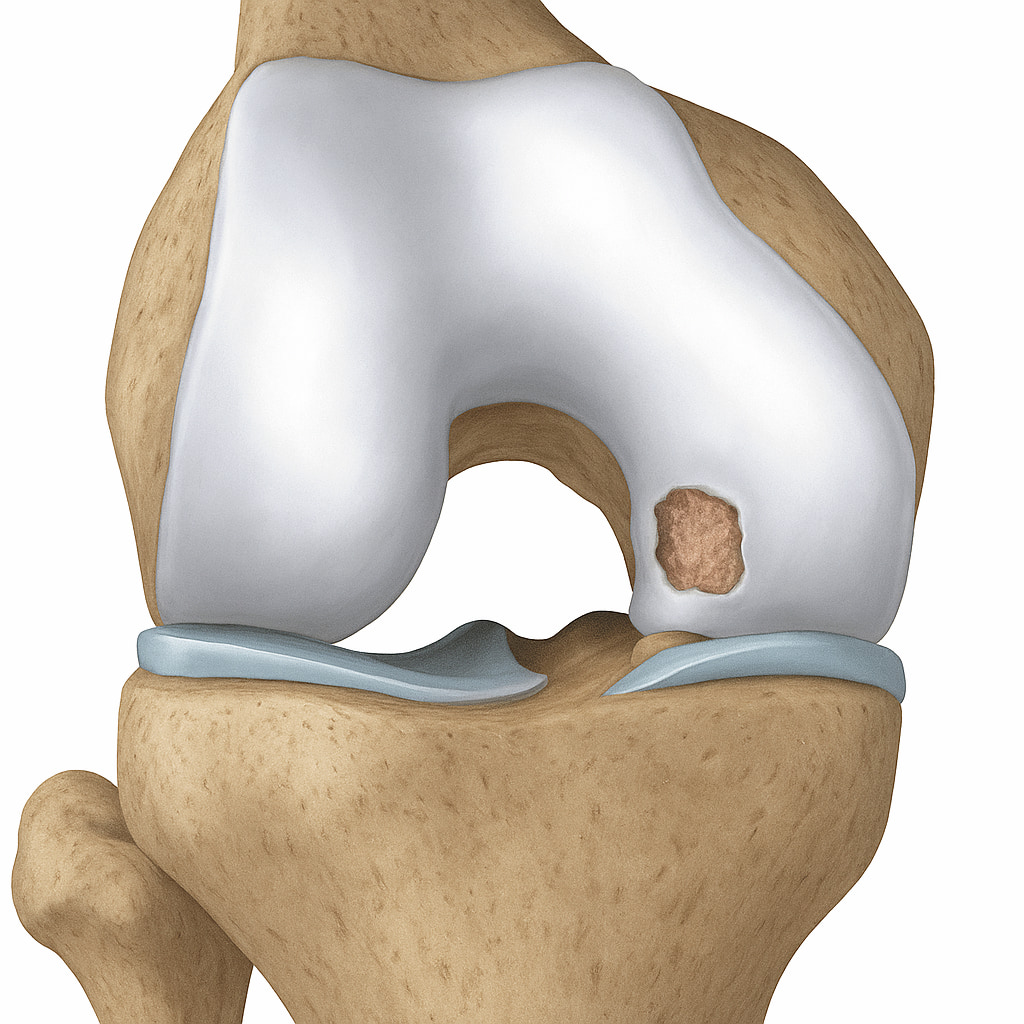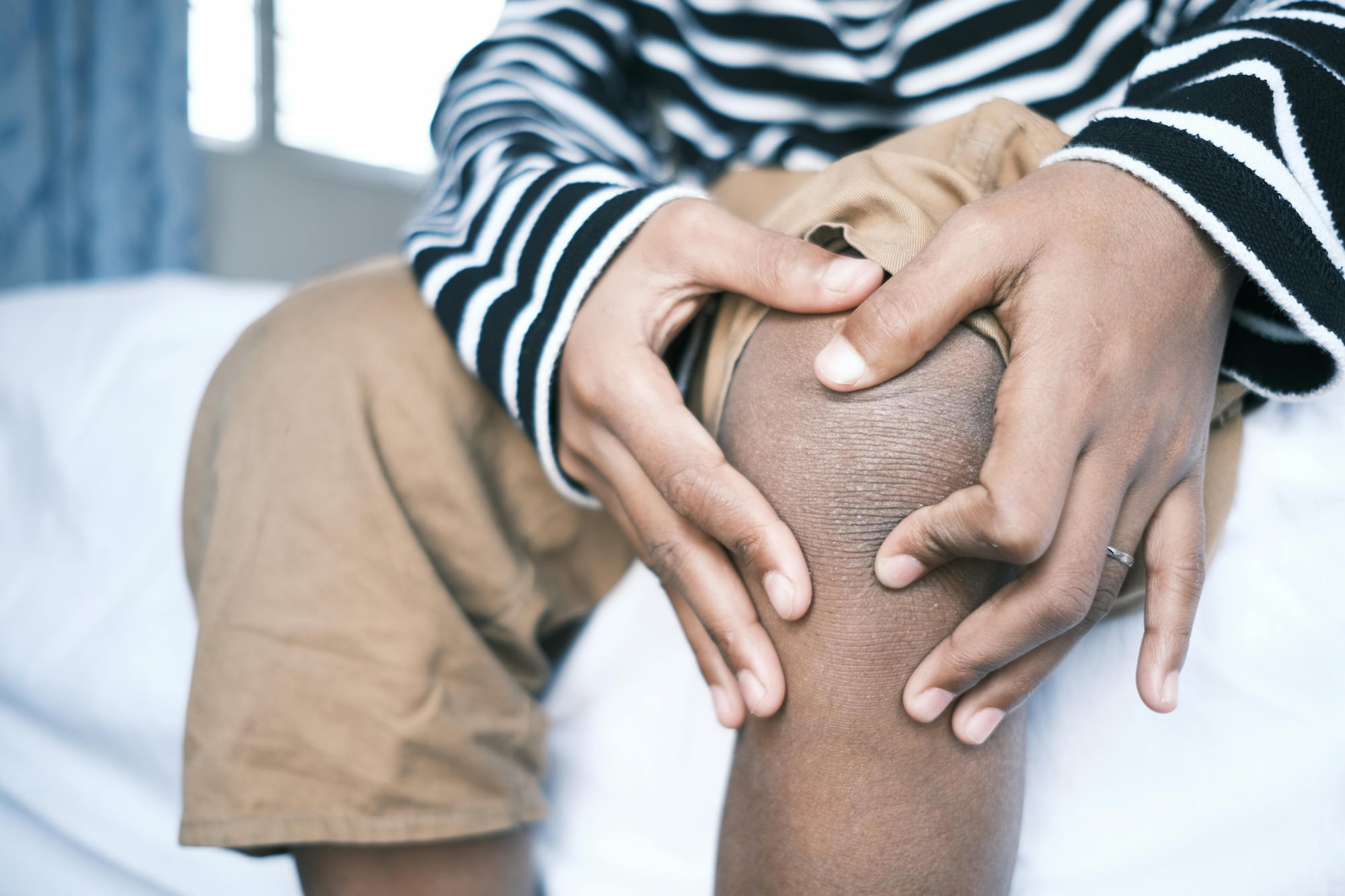What is Osteochondritis Dissecans?
Osteochondritis Dissecans is a condition affecting joints, where a portion of bone underneath the cartilage loses blood flow, causing both the bone and cartilage to weaken and potentially break loose. These loose pieces within the joint may cause pain, clicking sounds, or restricted movement.
What causes Osteochondritis Dissecans?
Osteochondritis Dissecans’ exact cause is not completely understood. Reduced blood flow to a section of the bone seems to play a role, which may result from repetitive minor injuries or trauma that affect the area over time.
A genetic predisposition may also contribute, making certain individuals more likely to develop the condition. High-impact activities (running, jumping, or sports that stress the joints), are often associated with developing this condition in younger, active individuals.

What symptoms would I notice?
Symptoms of osteochondritis dissecans vary depending on the joint affected but may include:
- Pain triggered by physical activity, such as running or climbing stairs.
- The affected joint may feel tender to the touch or appear swollen.
- The joint may “pop” or even temporarily lock if loose cartilage and bone fragments get caught between bones.
- A sensation of the joint “giving way” or feeling unstable.
- Difficulty in fully extending or moving the joint as usual.
How is Osteochondritis Dissecans diagnosed?
Start with a consultation with your GP to discuss your symptoms and have a physical examination to assess any tenderness, swelling, and range of motion in the affected joint. Imaging tests may be required to help determine the severity of the issue, guiding the most appropriate treatment plan. Usually an x-ray and an MRI will be required.
Treatment Options
Treatment for osteochondritis dissecans depends on the patient’s age, the stability of the lesion, and the degree of joint damage. Non-operative approaches are typically preferred for younger patients, as their bones are still growing and it may heal naturally. Surgical intervention is considered when symptoms persist, or the lesion is unstable.
Non-operative treatments
Most cases in children and young adolescents heal well with non-operative care, though regular follow-ups are essential to monitor progress:
- Avoiding high-impact activities that strain the joint allows the lesion time to heal.
- A brace to immobilise and protect the joint, reducing pain and allowing the affected bone and cartilage to stabilise.
- Exercises that improve joint strength and flexibility support overall joint health and stability.
Operative treatments
Surgery may be recommended if conservative treatments do not alleviate symptoms:
- In cases where the loose fragment remains viable, it may be surgically reattached to preserve the joint surface.
- When fragments are not repairable, particularly in younger patients, procedures like cartilage grafting may help restore the joint’s integrity. However, while effective, these procedures may not fully replicate the joint’s original condition.
If left untreated, severe cases of osteochondritis dissecans may increase the risk of osteoarthritis in later years.
Managing Osteochondritis Dissecans with Dr Lambers
After a referral from your GP, Dr Lambers will carefully evaluate the condition, particularly in children and adolescents whose bones are still developing. His goal is to determine the effectiveness of advanced surgical procedures to ensure joint preservation and optimal recovery for long-term joint health.

